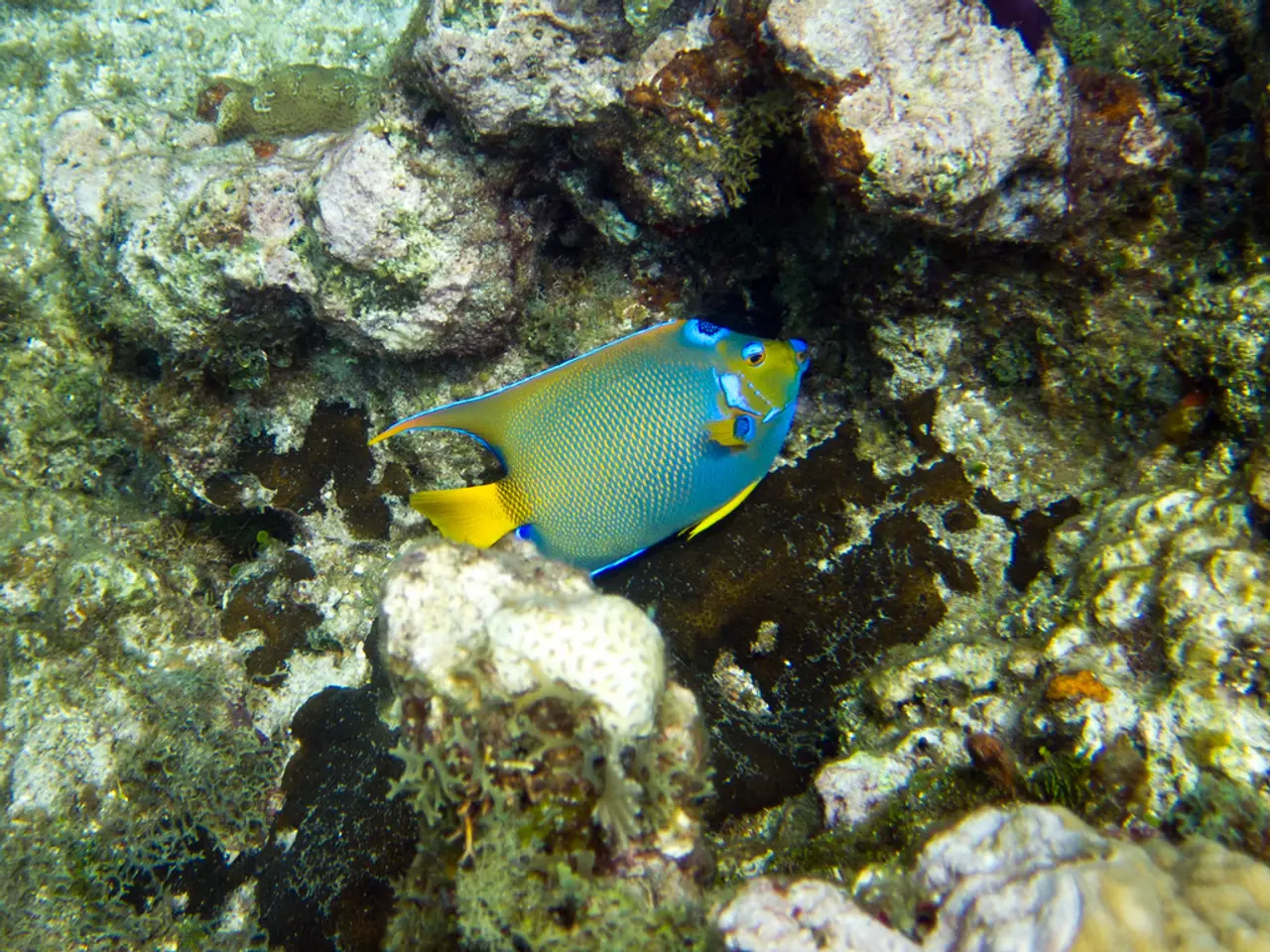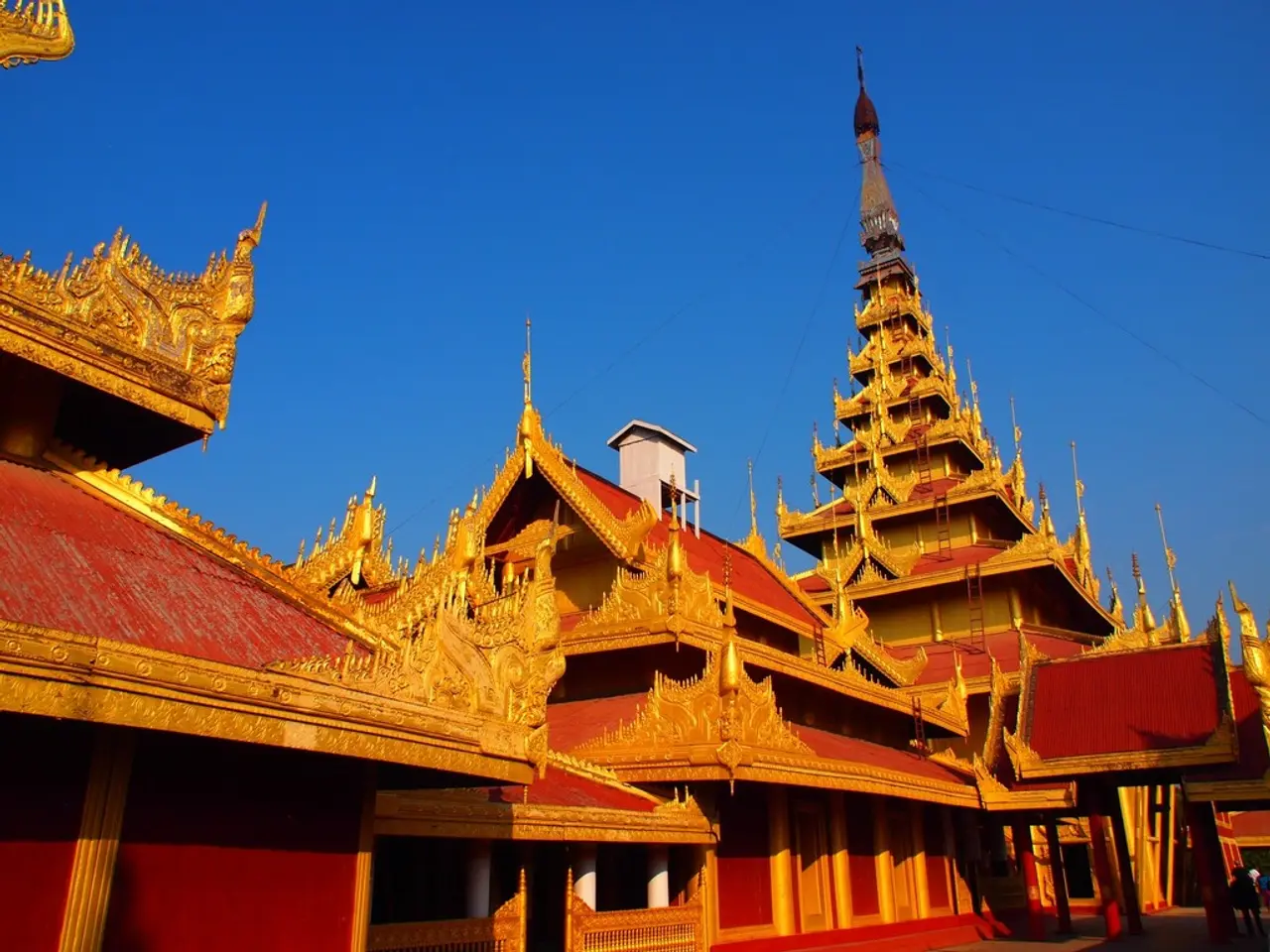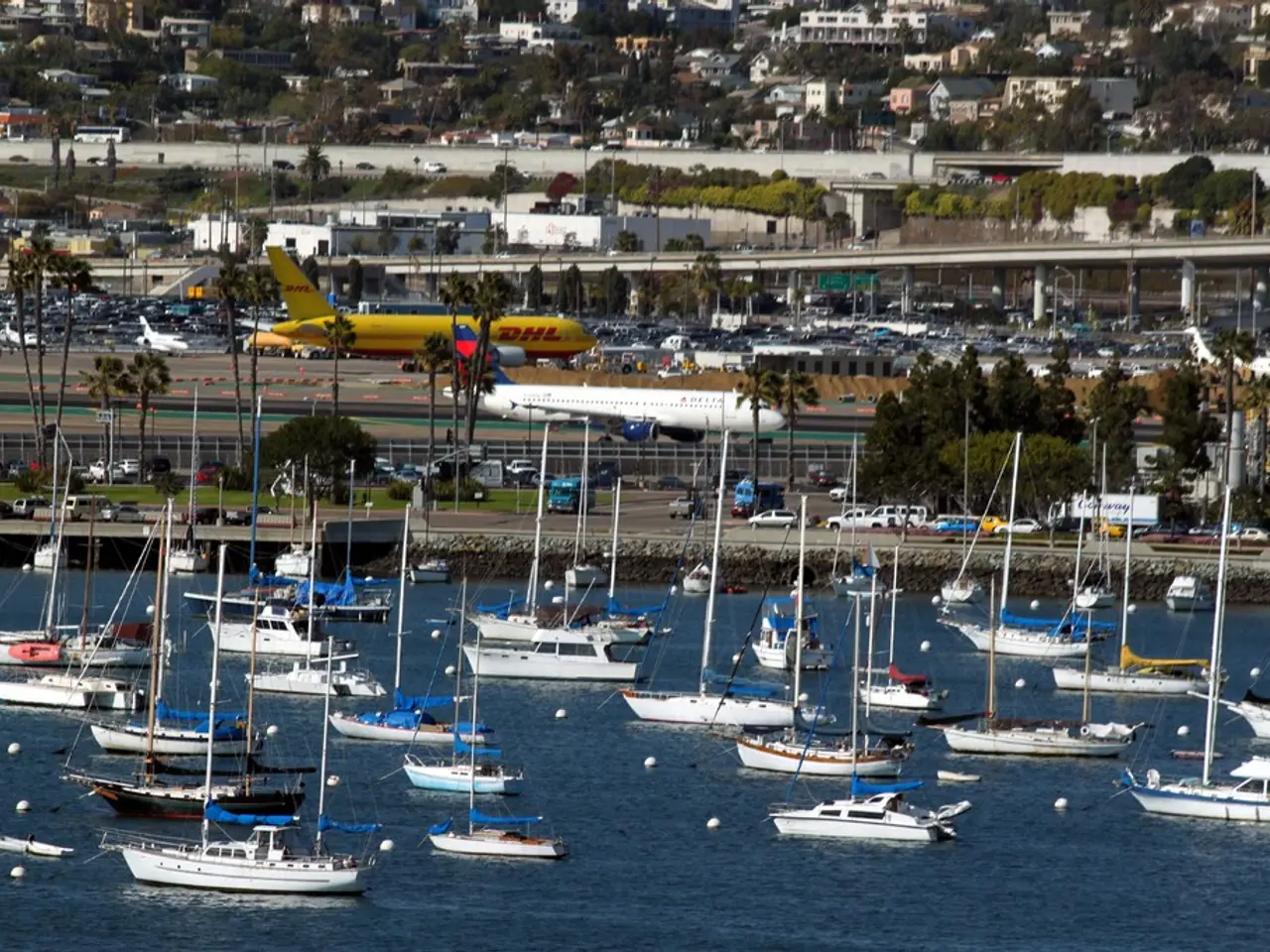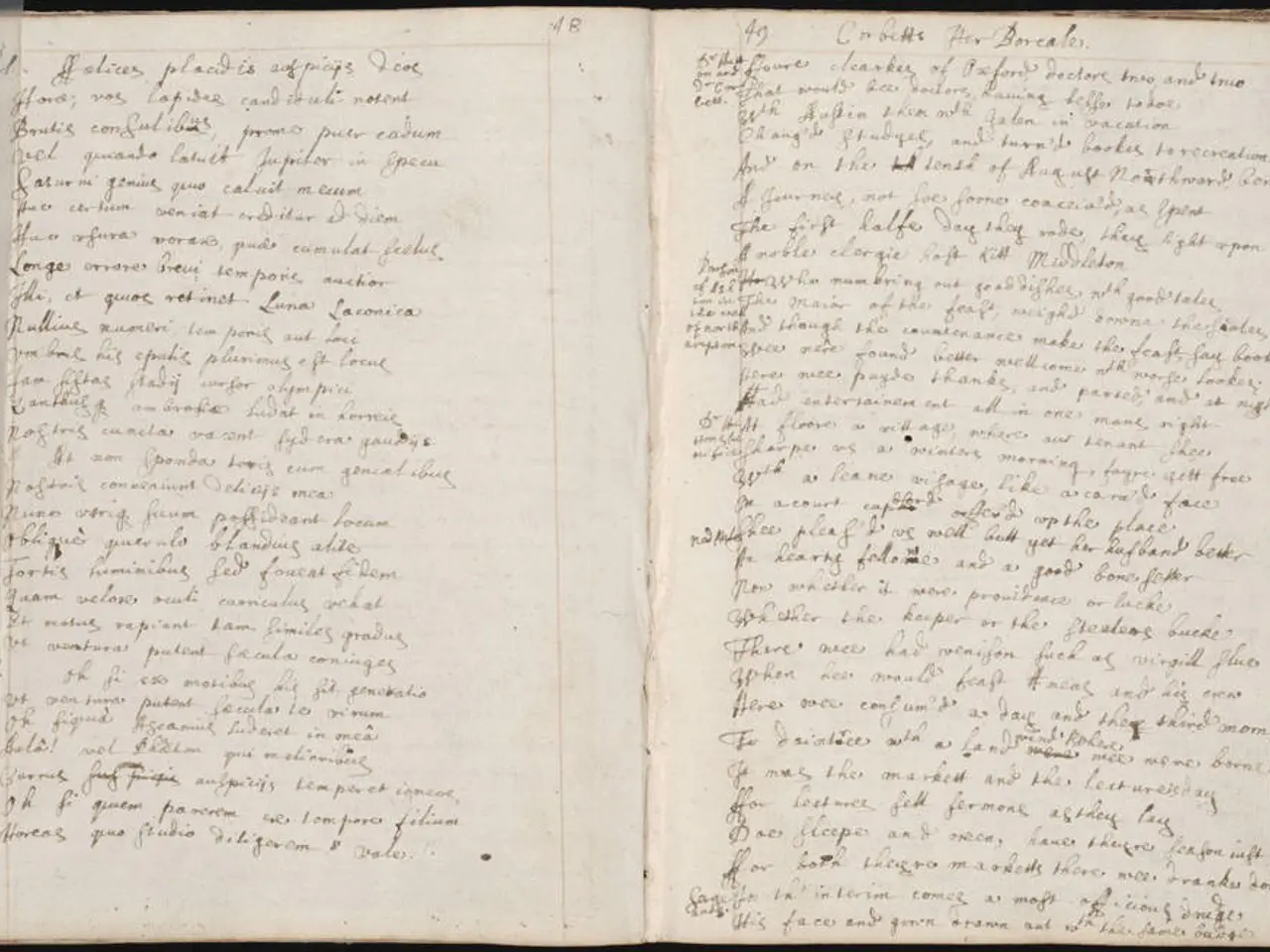Travelogue: An Account of My Journey to Raja Ampat
### Top Liveaboard Options for Raja Ampat Diving
Raja Ampat, renowned as one of the world's most breathtaking diving destinations, boasts an extraordinary marine biodiversity and pristine reefs [1, 2]. To fully immerse yourself in this underwater paradise, a liveaboard is highly recommended, offering access to remote sites and optimal diving conditions [1, 2]. Here are some of the most recommended liveaboard options:
### Leading Raja Ampat Liveaboards
| Name | Highlights | Notable Features | Departure/Base | |---------------------------|----------------------------------------------------------------------------------------------------------------|-----------------------------------------------------|---------------------| | **Dewi Nusantara** | Luxury wooden three-masted schooner; custom-built for diving; large, elegant, and iconic | Featured in CNN Travel, luxury cabins, curated expeditions[3] | Sorong | | **Blue Manta** | Popular, well-equipped for diving; strong reputation for comfort and service | Spacious dive decks, comfortable amenities[1] | Sorong | | **Scubaspa Zen** | Combines diving with wellness (spa services); appealing for those wanting relaxation after dives | Spa treatments, yoga sessions[1] | Sorong | | **White Manta** | Focused on high-quality diving, good for both novice and experienced divers | Professional dive guides, spacious cabins[1] | Sorong | | **La Galigo** | Indonesian-built, traditional design with modern comforts | Friendly crew, intimate atmosphere[1] | Sorong | | **Jelajahi Laut** | Specialized for diving in remote island chains | Tailored itineraries, expert guides[1] | Sorong | | **Solitude Adventurer** | Luxury catamaran, recently refitted; excellent reviews for crew, food, and diving experience | Hot towels/tea after dives, live entertainment[4] | Sorong |
### What Makes a Good Raja Ampat Liveaboard?
- **Itinerary Flexibility:** Liveaboards can adjust routes to find the best diving conditions and wildlife sightings throughout the region [2]. - **Dive Facilities:** Look for boats with spacious dive decks, knowledgeable guides, and efficient equipment handling. - **Comfort & Luxury:** Many top boats offer en-suite cabins, air conditioning, gourmet dining, and even wellness amenities like spas [3, 4]. - **Crew Reputation:** Consistently, the quality of the crew and dive guides is highlighted as a major factor in guest satisfaction [4].
### Tips for Choosing Your Liveaboard
- **Budget:** Raja Ampat liveaboards range broadly in price—from roughly 200 to 500 euros per day, with luxury options exceeding 900 euros per day [1]. - **Season:** The prime diving season is October through April, when seas are calmest and visibility is best [1, 2]. Book early, as these boats fill quickly. - **Departure Point:** Most depart from Sorong, reachable by domestic flights from major Indonesian cities [1]. - **Experience Level:** While Raja Ampat offers world-class diving for all levels, some sites are best suited for intermediate and advanced divers due to currents [1].
### Featured Dive Sites
Liveaboards typically visit iconic sites such as **Cape Kri** (world-record fish diversity), **Manta Sandy/Manta Ridge** (manta ray encounters), **The Passage**, and **Batu Bolong** [1, 2, 4]. Flexible itineraries ensure you experience both famous sites and hidden gems.
The MV Amira liveaboard, used for the trip, is a large boat with ample space for creature comforts. The first dive in the Dampier Strait allowed for a reef hook dive, where divers could relax and join schools of fish and reef sharks. The environment in the bay was conducive to providing hiding spots for various marine life.
During the trip, photographers were capturing an abundance of marine life, causing them to quickly fill up their memory cards. Raja Ampat's protected waters are home to over 1,700 species of reef fish, 600 species of corals, and 700 species of invertebrates. The reefs in the Dampier Strait are stunningly healthy, with fragile-looking corals and a wide variety of marine life.
The Four Kings site in the southern Misool region is known for attracting big pelagic animals, including a large manta that was seen during the dive. Wobbegong sharks, reef sharks, schools of large jacks and barracuda hunting, open ocean tuna cruising the reef, giant Napoleon wrasse, huge humphead wrasse, schools of sweetlips, a school of countless mobula rays, nudibranchs, candy crabs, mantis shrimp, gobies hiding in holes, bobtail squid, shoelace-thin coral pipefish, eels, and the beginning of the pygmy seahorse madness that gripped all the photographers on the trip were also spotted.
Pygmy seahorses in three different colours – the more common knobby Bargibenti purple, the much rarer yellow version, as well as the pale tan Denise species – were found in the Misool area. The Amira runs a professional and safe dive operation with a well-trained crew, offering three daytime dives followed by a night dive. Diving on the Amira provides assistance and care at every step, including a glass of water before every dive, help getting into BCD, fins and camera already in the boat before each dive, and warm beverages after each dive.
Raja Ampat is a regency in Indonesia, named after the four larger islands off the coast of West Papua's Bird Head Peninsula. The first-ever diving expedition to Raja Ampat was led by Jacques-Yves Cousteau and his team in 1972. During the night, the Amira sailed down to the southern chain of islands stretching east from Misool, where the nearby Misool Eco Resort coordinates dive slots to prevent overcrowding of high-demand sites.
Travel to Raja Ampat involves a series of flights and time in airports, with Jakarta being the most common connection. The trip featured an exploration of the Dampier Strait, the Four Kings site, and the Misool area. The Amira was anchored near the island of Balbulol in the Misool area, surrounded by smaller craggy pinnacles covered in jungle.
Sorong, the starting point for most Raja Ampat itineraries, is an oil town with over 200,000 people. During the muck dive, multiple varieties of pipefish, octopuses, cuttlefish, nudibranchs, seahorses, trigger fish, puffer fish, box fish, reef fish, and rays were observed. The water site in question was a bay with widespread bunches of algae and seaweed on a sandy bottom.
References: [1] https://www.divetripadvisor.com/destinations/indonesia/raja-ampat/liveaboards/ [2] https://www.divesiteguide.com/destinations/asia/indonesia/raja-ampat/ [3] https://www.cnntourist.com/asia/indonesia/dewi-nusantara-luxury-yacht-cruise-444780 [4] https://www.solitude-liveaboard.com/raja-ampat/index.html
- Raja Ampat, known for its extraordinary marine biodiversity and pristine reefs, is a highly recommended diving destination for those seeking an underwater paradise.
- To fully experience this hidden gem, many recommend a liveaboard trip, offering access to remote sites and optimal diving conditions.
- One of the top liveaboards in Raja Ampat is the luxury wooden three-masted schooner, Dewi Nusantara, known for its large, elegant design and custom-built facilities for diving.
- Another popular choice is the Blue Manta, well-equipped for diving and noted for its comfort and service.
- For those seeking relaxation after dives, Scubaspa Zen combines diving with wellness amenities like spa services and yoga sessions.
- The White Manta is focused on high-quality diving, suitable for both novice and experienced divers.
- The La Galigo, featuring an Indonesian-built, traditional design with modern comforts, offers a friendly crew and an intimate atmosphere.
- Jelajahi Laut specializes in diving in remote island chains and provides tailored itineraries and expert guides.




